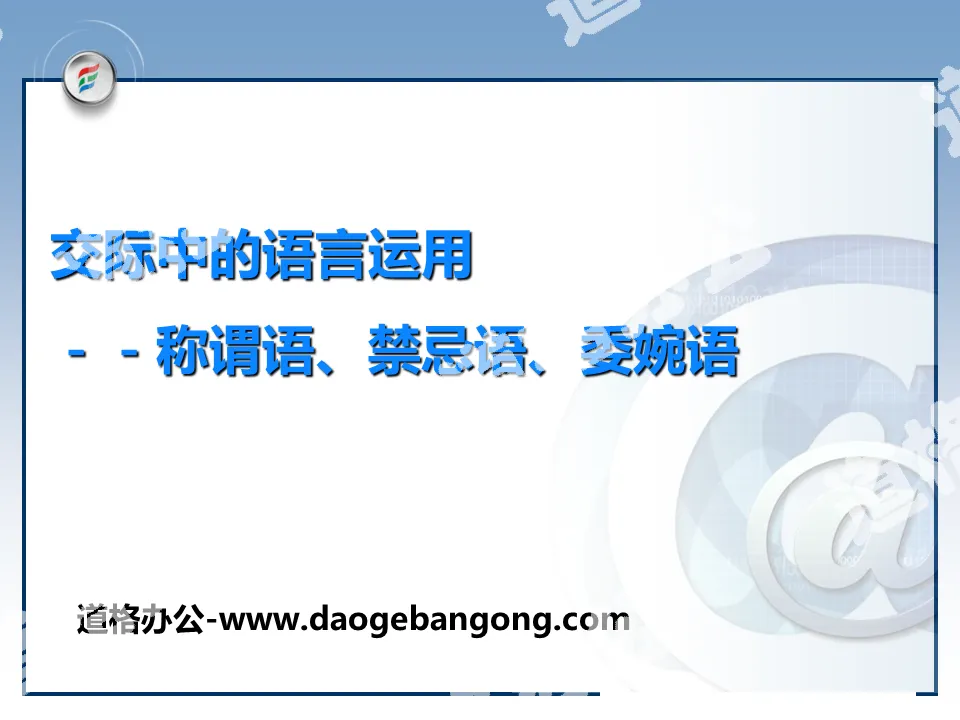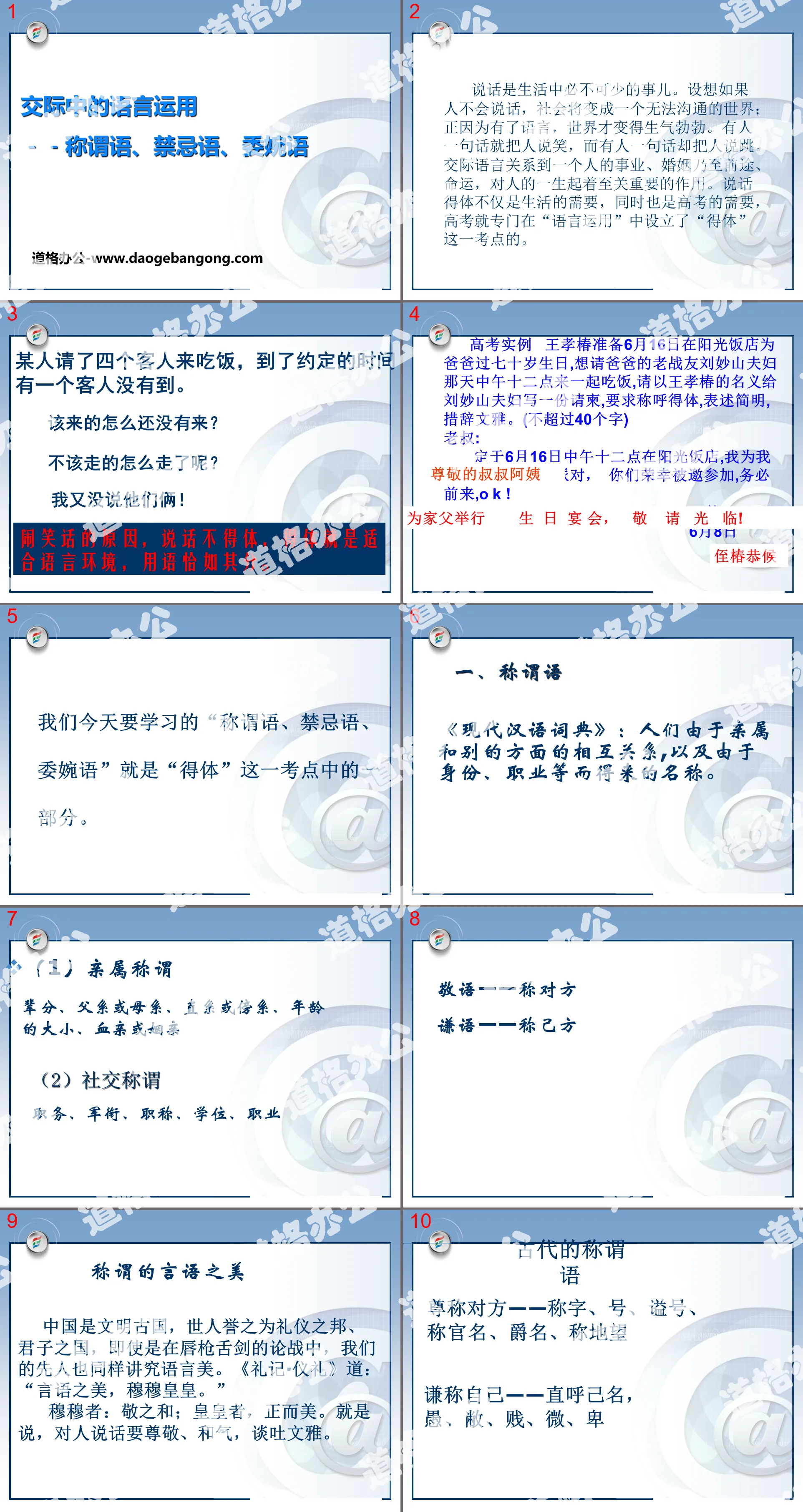The second volume of first-grade Chinese compiled by the People's Education Publishing House
The second volume of fifth-grade Chinese compiled by the People's Education Publishing House
The first volume of Chinese language for eighth grade compiled by the People's Education Publishing House
The first volume of first-grade Chinese compiled by the People's Education Publishing House
The first volume of ninth-grade Chinese compiled by the People's Education Publishing House
The first volume of fourth-grade Chinese compiled by the People's Education Publishing House
The first volume of Chinese language for sixth grade compiled by the People's Education Publishing House
The second volume of Chinese language for eighth grade compiled by the People's Education Publishing House
The first volume of Chinese language for fifth grade compiled by the People's Education Publishing House
The first volume of second-grade Chinese compiled by the People's Education Publishing House
Hunan Education Edition Third Grade Chinese Language Volume 1
The second volume of fourth-grade Chinese compiled by the People's Education Publishing House
The first volume of third-grade Chinese compiled by the People's Education Publishing House
The second volume of second-grade Chinese compiled by the People's Education Publishing House
The second volume of Chinese language for sixth grade compiled by the People's Education Publishing House
The second volume of seventh-grade Chinese compiled by the People's Education Publishing House

| Category | Format | Size |
|---|---|---|
| People's Education Press High School Chinese Compulsory Course Three | pptx | 6 MB |
Description
"Language Use in Communication" PPT courseware
The first part: 1. Address words
"Modern Chinese Dictionary": Names that people get due to relatives and other relationships, as well as due to status, occupation, etc.
(1) Relative titles
Generation, paternal or maternal line, direct or collateral line, age, blood relatives or in-laws
(2) Social title
Position, military rank, professional title, degree, occupation
Honorific - address each other
Modesty - call yourself one's own side
The beauty of words of title
China is a country with ancient civilization, known by the world as a land of etiquette and a land of gentlemen. Even in the midst of verbal debates, our ancestors also paid attention to the beauty of language. "Book of Rites: Etiquette" says: "The beauty of words, Emperor Mu Mu."
Mu Mu means respect and harmony; Emperor means upright and beautiful. That is to say, you should be respectful, kind and elegant when speaking to others.
ancient term of address
Address each other with respect - title, title, posthumous title, official name, title, and place of honor
Call yourself modestly - call yourself by your first name, stupid, humble, cheap, humble, humble
"The family is big and the family is small, but the outsiders are small"
1. When referring to one's elders and older peers, use "family", such as family father (family strictness), family mother (family kindness), family uncle, family brother, etc.;
2. When referring to family members who are younger than oneself, the title "She" is used, such as brother-in-law, sister-in-law, nephew-in-law, etc. (She, Shejian, contains the meaning of family.)
3. When calling people in other people's families, use "ling" to show respect, such as your father's house, your father's honor, your son, your love, etc.
In addition, "dog", "little girl", "under", "little brother", "my humble", etc. can also be used to express humility.
PPT on language use in communication, part 2: 2. Taboo words
In language communication, there are some words that cannot be said casually. Saying them may cause the listener to be unhappy and disgusted. These are what is called "taboo words" in linguistics.
Example:
What are the characteristics of the use of language in the following passage, and what effect does it have?
At a quarter past two in the afternoon of March 14, the greatest thinker of our time stopped thinking. We left him alone in the room for less than two minutes. When we entered, we found him peacefully asleep in the easy chair - but he had fallen asleep forever.
(The method of concealment is used, solemn and serious, euphemistic and implicit, which not only summarizes Marx's death, but also expresses the author's mourning.)
1. Taboo words in modern society:
(1) Taboo words about birth, old age, illness and death (it is taboo to say "death", and Westerners avoid calling others "old")
(2) Taboo words on festivals (don’t say “separation” during weddings, don’t say “death” or “sickness” during celebrations)
(3) Occupational taboos (fishermen should avoid "fan", theater troupes should avoid "san" and "umbrella", and businessmen should avoid "gan" and "erosion")
(4) Taboo words for privacy (family situation, age, income, love life)
(5) Physiological defects. Such as deafness, blindness, numb face, hunched back, short legs, abnormal facial features, and inappropriate fat or thinness. If the other party is not so close, or the other party is not cheerful and generous enough, you should avoid all of the above when speaking, and you have to use indirect expressions as a last resort.
For example: The most annoying thing about Ah Q was that because of the scars on his scalp, he was taboo about "skin" and all sounds close to "lai". Later, by extension, "light" was also taboo, and "bright" was also taboo, and even "bright" was taboo. "Lamp" and "candle" are both taboo.
PPT on the use of language in communication, part three: 3. Euphemisms
Euphemism is a common language phenomenon in communication that corresponds to direct language or taboo language.
In fact, euphemisms are produced under the constraints and effects of context to reflect the psychological needs of the communicative subject. The expresser does not directly state the original intention, but chooses to replace the expression with an expression that has the same reference or meaning as the direct language. linguistic phenomena.
The reason for euphemism
1. Emerged with the emergence of taboo words
2. The need to create a relaxed and harmonious atmosphere for communicating with others
3. The pursuit of “elegance” in a country of etiquette
Principles of using euphemisms
(1) To avoid evil and seek good luck; (Broken dishes are said to "fall to the ground and bloom", coffins are said to be "longevity trees", and illness is said to be "uncomfortable".)
(2) Implicit and modest; (To describe someone who is fat or thin, you can say "put on", "rich", "plump" or "slender".)
(3) Harmony and friendliness. (Slogans on the grass: "The grass is growing, please don't disturb"; anti-smoking slogans: "Smoking is harmful to health.")
Language use in communication PPT, Part 4: Classroom practice
1. What is the correct polite address?
A. Your mother asked me to buy this. You can just give it to her directly.
B. Your daughter won an award in this children's painting exhibition. Thanks to your careful guidance, our whole family is very grateful to you.
C. Our family has a very strict upbringing, and our father often warns us to be clean and honest in society.
D. The young master is worthy of being a descendant of a famous painter family, and the horses he painted are lifelike and lifelike.
2. Among the following sentences, the correct use of the underlined traditional polite expression is ()
A. There are eight characters written on the door of the newly opened supermarket: "High quality and low price, welcome to patronize."
B. August 12th is the 70th anniversary of your school. As mayor, I will definitely come and give guidance.
C. I paid a visit a few days ago, and you happened to be away. Your father had already told me about your transfer.
D. I heard that you bought a new house. I have something to do and I can't leave today. I will definitely pay you a visit another day.
Language use in communication PPT, Part 5: Class summary
In communication, if we can learn to address people accurately, pay attention to avoid taboos, and use euphemisms skillfully, our speech will become more appropriate. There will be more understanding and friendship in the world, and there will naturally be more people in our interactions. It's more harmonious and more civilized.
extracurricular extension
In communication, we should also pay attention to the use of polite words, also known as "greeting words", "thank you words", "praise words", "comforting words", "lucky words", etc. Please divide into groups after class to freely choose other words. 1. Design a topic, collect information, and conduct research.
Keywords: Free download of PPT courseware for high school Chinese compulsory course three from the People's Education Press, PPT download of language use in communication, .PPT format;
For more information about the "Language Use in Communication" PPT courseware, please click the "Language Use in Communication ppt" tab.
"Language Use in Communication" PPT:
"Language Use in Communication" PPT Part One Content: 1. Appellative Terms According to the "Han Dynasty Chinese Dictionary": Appellations refer to the names people get due to their relatives and other relationships, as well as their status, occupation, etc. Situation 1: Xiao Ming: This...
File Info
Update Time: 2024-11-22
This template belongs to Chinese courseware People's Education Press High School Chinese Compulsory Course Three industry PPT template
"Language Use in Communication" PPT courseware Simple campus recruitment activity planning plan summary enterprise and institution recruitment publicity lecture PPT template is a general PPT template for business post competition provided by the manuscript PPT, simple campus recruitment activity planning plan summary enterprise and institution recruitment promotion Lecture PPT template, you can edit and modify the text and pictures in the source file by downloading the source file. If you want more exquisite business PPT templates, you can come to grid resource. Doug resource PPT, massive PPT template slide material download, we only make high-quality PPT templates!
Tips: If you open the template and feel that it is not suitable for all your needs, you can search for related content "Language Use in Communication" PPT courseware is enough.
How to use the Windows system template
Directly decompress the file and use it with office or wps
How to use the Mac system template
Directly decompress the file and use it Office or wps can be used
Related reading
For more detailed PPT-related tutorials and font tutorials, you can view: Click to see
How to create a high-quality technological sense PPT? 4 ways to share the bottom of the box
Notice
Do not download in WeChat, Zhihu, QQ, built-in browsers, please use mobile browsers to download! If you are a mobile phone user, please download it on your computer!
1. The manuscript PPT is only for study and reference, please delete it 24 hours after downloading.
2. If the resource involves your legitimate rights and interests, delete it immediately.
3. Contact information: service@daogebangong.com
"Language Use in Communication" PPT courseware, due to usage restrictions, it is only for personal study and reference use. For commercial use, please go to the relevant official website for authorization.
(Personal non-commercial use refers to the use of this font to complete the display of personal works, including but not limited to the design of personal papers, resumes, etc.)
Preview










